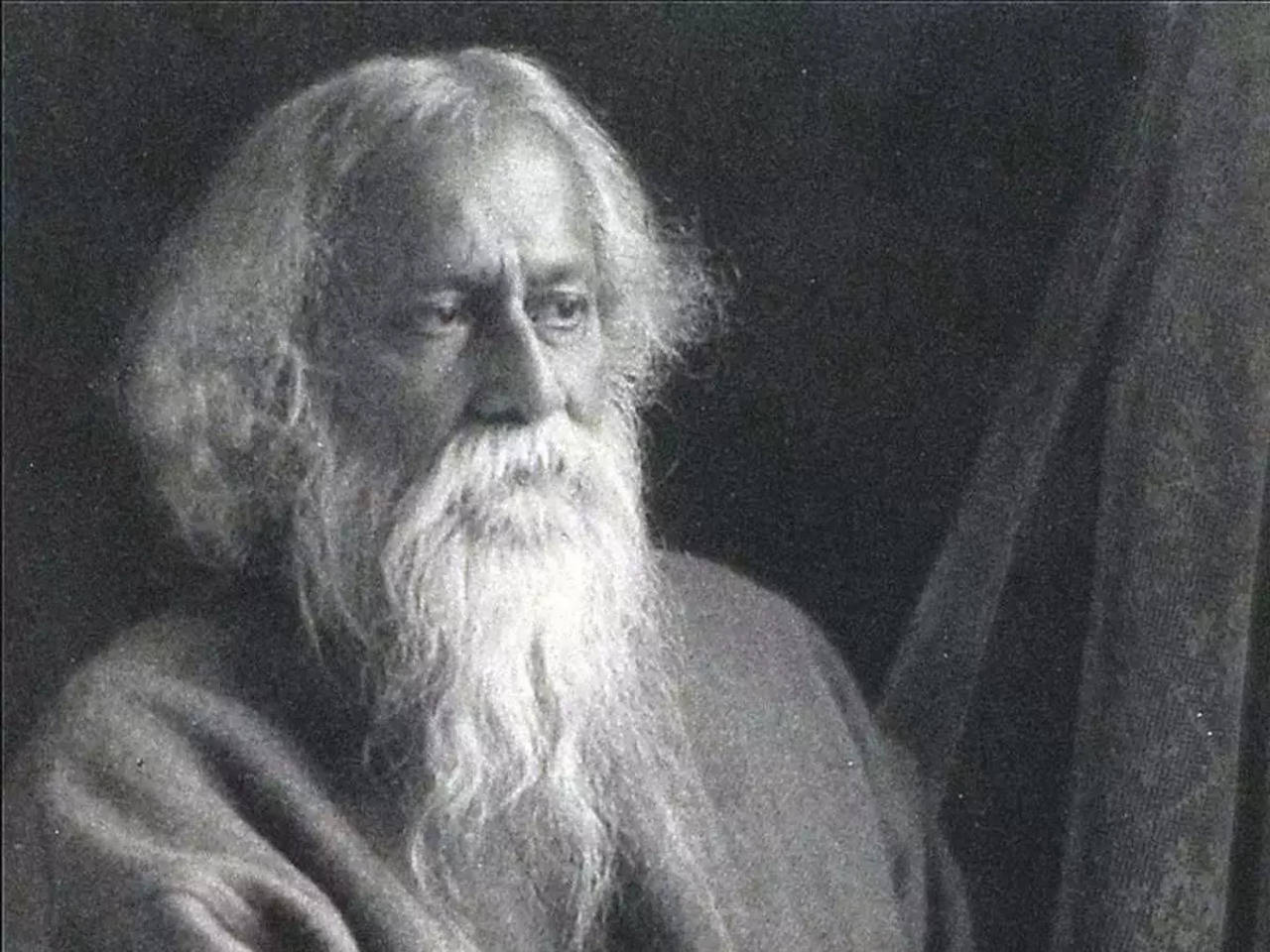Rabindranath Tagore was a Bengali poet, writer, playwright, composer, philosopher, social reformer and painter. He was born on May 7, 1861 in Calcutta (now Kolkata), India and died on August 7, 1941 in the same city . He is popularly known as “Kabiguru” .
Tagore reshaped Bengali literature and music as well as Indian art with Contextual Modernism in the late 19th and early 20th centuries. He became the first non-European and the first lyricist to win the Nobel Prize in Literature in 1913 for his poetry collection “Gitanjali” .
Tagore’s poetic songs were viewed as spiritual and mercurial; however, his “elegant prose and magical poetry” remain largely unknown outside Bengal. He was a fellow of the Royal Asiatic Society. Referred to as “the Bard of Bengal”, Tagore was known by sobriquets: Gurudeb, Kobiguru, Biswokobi .
Tagore wrote poetry as an eight-year-old. At the age of sixteen, he released his first substantial poems under the pseudonym Bhānusiṃha (“Sun Lion”), which were seized upon by literary authorities as long-lost classics. By 1877 he graduated to his first short stories and dramas, published under his real name .
As a humanist, universalist, internationalist, and ardent critic of nationalism, he denounced the British Raj and advocated independence from Britain. As an exponent of the Bengal Renaissance, he advanced a vast canon that comprised paintings, sketches and doodles, hundreds of texts, and some two thousand songs; his legacy also endures in his founding of Visva-Bharati University .
Tagore modernised Bengali art by spurning rigid classical forms and resisting linguistic stricture's. His novels, stories, songs, dance-dramas, and essays spoke to topics political and personal. Gitanjali (Song Offerings), Gora (Fair-Faced) and Ghare-Baire (The Home and the World) are his best-known works .
In conclusion, Rabindranath Tagore was a versatile genius who made significant contributions to various fields of art and literature. His legacy continues to inspire generations of artists and writers.
